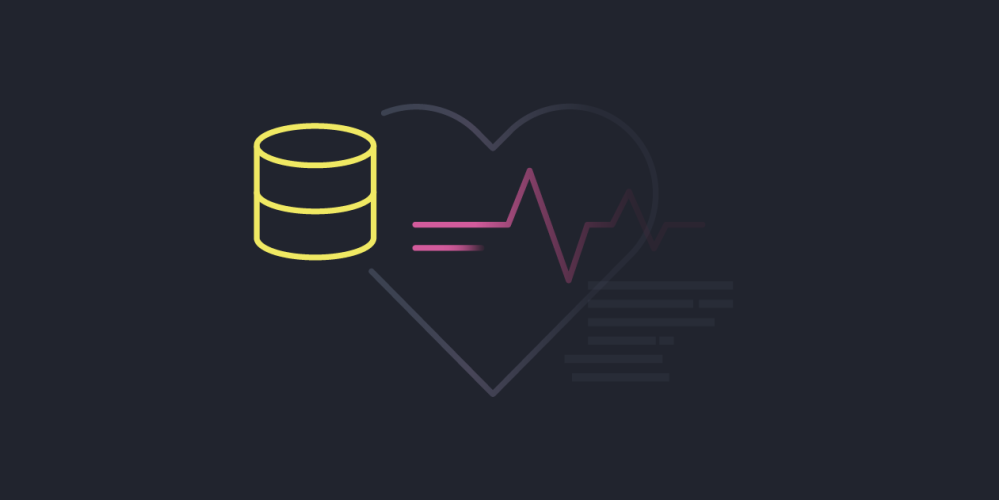
How to Protect Data in the Era of Remote Healthcare
The concept of remote healthcare is hardly new. Starting as early as the end of the 19th century, telegraph, telephone, and later telecommunications technologies enabled healthcare professionals to provide healthcare to remote regions and during times of war or natural disasters. However, it was with the development and widespread adoption of the Internet, that healthcare started radically changing, as digital transformation initiatives take hold.
In the post-pandemic world, remote healthcare is becoming a new norm, making advanced healthcare more accessible to patients, providing doctors with new diagnostic tools, and helping to improve public health. The digitalization of healthcare has brought forth a wide array of electronic devices employed within medical settings that are connected to the Internet to share data: monitoring devices, tablets, connected scales, wheelchairs, and vehicles. An extensive volume of data is stored and utilized to form an electronic medical record to be exchanged between these devices through API calls.
All these things are exciting and promising. However, there are many things to consider in terms of security. Below, I outline 4 components of a secure and accessible digital healthcare setup protecting stakeholders’ data.
1. Reliable IAM System
A robust identity and access management (IAM) system is critical and allows healthcare technology providers to create a flexible and scalable security infrastructure. It will deliver secure login experiences to customers, employees, and other stakeholders by establishing proof of identity and ensuring the right type of access, depending on a user’s role. It will also be a good investment into the future: having scalability in mind will open opportunities for potential growth, new integrations, and mergers.
Choosing an IAM solution based on established security standards such as OAuth and OpenID Connect is recommended. Relying on standards gives companies a more secure and robust product as they are vetted and improved by many security experts working together.
2. Zero Trust Architecture
With many medical devices connected to the Internet, and patients and doctors accessing digital healthcare apps (chats, platforms) from various locations, controlling access inside one perimeter is no longer viable. Personal and hospital devices all gather data stored in different repositories and distributed over different networks. So with many processes happening outside a single network’s boundaries, as it used to be before, access control must be shifted from the perimeter.
This effort should be concentrated on ensuring that each service and device, whether internal or external, is protected and its access carefully scrutinized. This is where zero trust architecture (ZTA) finds a great use case. We have several resources if you want to learn more on this topic:
3. High-grade API Security
Medical and personnel records contain a lot of Personal Identifiable Information (PII). Leaked information means the loss of integrity and unwanted exposure for patients and medical professionals, but it can also be used to launch further attacks for financial gain. Therefore, data used in the healthcare environment needs to be protected at the highest level.
What measures can be implemented?
First, protecting APIs should be done according to established security best practices. It involves the proper use of tokens, using API gateways and making sure to safeguard both external and internal APIs. Companies should guarantee strong API access control to mitigate identity theft threats and reduce the risk of data loss. It can be done by utilizing claims - this method will allow to complement the coarse-grained authorization done at the API gateway level.
Second, it is important to level up the security of your APIs by integrating identity - deploying API keys is no longer an option. If an API key is lost or stolen, it might be used for obtaining sensitive information. Therefore, it is crucial to validate the identity of the requesting parties and establish centralized trust.
Third, consider implementing financial-grade API (FAPI) security, Zero Trust API Security and adhering to the Health Relationship Trust (HEART) profile for OAuth 2.0.
4. Strong Authentication Methods
Delivering user-friendly, secure login experiences is a necessity for healthcare providers. The login process should be simple enough on the outside to cater to different users' abilities, but internally advanced to ensure optimal protection. Multi-factor authentication should be a must, and some newer technologies like WebAuthn or Passkeys can be considered to minimize phishing risks and improve user experience.
Two promising technologies that have a lot of potential to make authentication even more secure and user-centric are decentralized identity and verifiable credentials. Their development and implementation will allow users to have more control over their identity data and potentially reduce the possibility of discrimination, named one of the most significant risks associated with digital healthcare by the UN Health Rapporteur.
Conclusion
The technological development of healthcare opens new opportunities while also posing significant risks when it comes to sensitive data protection. The implications of data loss can be catastrophic and span from financial and reputational damages to legal and integrity problems.
Therefore it is of utmost importance to invest in tools and methods that correctly protect data integrity. Setting a reliable base for the security efforts - scalable and flexible IAM system, proper API security measures, access control, and strong authentication - will allow healthcare organizations to focus their efforts on perfecting remote healthcare products and services, and ensure the protection of their patients, employees, and data.




